India-Pakistan ceasefire brings respite to Kashmir, but the calm is laced with fear
By Fareeha Azmat
“Thank God for the ceasefire and peace—a collective sigh of relief,” said Sabiya Khurshid, a resident of Srinagar, who had not slept for days as India and Pakistan stood on the brink of full-scale war.
On Saturday, soon after the truce was announced, in the narrow and bustling bylanes of downtown Srinagar, the summer capital of Indian-administered Kashmir, locals distributed Taher, the traditional turmeric rice.
This centuries-old Kashmiri thanksgiving ritual symbolizes both hope and gratitude.
News of the ceasefire between India and Pakistan after days of hostilities and cross-border attacks was met with widespread celebrations in both countries, particularly in the picturesque Himalayan valley that always bears the brunt of these hostilities.
For days, Kashmiris had been living on edge as the two nuclear-armed neighbors engaged in fighting that claimed dozens of lives across the de facto border, known as the Line of Control (LoC).
The escalation of conflict between India and Pakistan, which began on May 7, was more intense and violent than what had been witnessed since the 1999 Kargil war.
Following the ceasefire announcement, videos surfaced online showing markets reopening and people gradually returning to their daily routines in several towns of India-administered Kashmir.
On Sunday, life cautiously resumed its course in the world's most militarized region after days clouded by fear and uncertainty.
“I had prepared a bag with essentials in case of displacement. The ceasefire comes as a glimmer of hope. The recent tensions between the two countries taught me the fragility of life,” Useeba Rashid, a resident of uptown Srinagar, told the Press TV website.
Rashid resides near Srinagar International Airport—an area that was rocked by several explosions on Friday and Saturday, heightening concern among residents over a possible escalation. She told the Press TV website that she had mentally prepared herself for the worst, unsure whether she would have to flee her home for safety.
“In the morning, people thought they would have to leave their homes, and by the afternoon, we got this good news of the ceasefire. I am extremely happy; a huge burden has been lifted,” Megraj Wani, a fruit vendor in Srinagar, told the Press TV website.
Press TV journalist in Indian-administered Kashmir @SHAHANABUTT provides the latest updates on the escalating tensions between India and Pakistan. pic.twitter.com/rtFTt0gDTR
— Press TV 🔻 (@PressTV) May 10, 2025
Uri, Poonch and Rajouri, the border towns in Kashmir, witnessed intense shelling in recent days, prompting evacuations.
These areas were among the worst affected during the fresh wave of cross-border violence. Though the ceasefire has been declared, fear still lingers—many residents remain hesitant to return to their homes.
“As we saw the news of the ceasefire on our mobile phones, we began dancing with joy. Belonging to the frontier area, we suffer the most," said Shaista Samoon, a resident of Uri displaced to Baramulla due to the recent shelling near the de facto border.
"Now we are preparing to return home, but there are some apprehensions; a sense of insecurity prevails.”
For some, like Chuni Lal, the ceasefire news came with mixed emotions. A sexagenarian from Poonch, Lal’s home was reduced to rubble during the cross-border shelling.
Poonch, a border district in Indian-administered Kashmir, saw heavy shelling that killed at least 12 people and forced others to seek refuge in safer zones.
“I spent all my savings to build this house. For us, middle-class people, our most valuable possession is our home. The people sitting in AC rooms talk of war, considering it a game. It is we who bear the brunt of this decades-old conflict,” Lal lamented.
His words echoed the deep frustration of many who live along the volatile border, having endured years of displacement, destruction, and the burden of uncertainty.
Another resident of Poonch said that Saturday night was the first in days without the sounds of gunfire or explosions.
“We are now considering returning. There was no shelling last night. We carry a fragile hope for things to stay calm now,” the resident of the border town added.
The recent tensions between India and Pakistan erupted after the deadly April 22 terrorist attack in the scenic town of Pahalgam in Indian-administered Kashmir, which claimed 26 lives, mostly tourists from southern India.
(1/10) ✍️Feature - Flashpoint Kashmir: Deadly attack pushes India and Pakistan to the brink—again
— Press TV 🔻 (@PressTV) May 3, 2025
By Basharat Abbashttps://t.co/um7fox8gb9 pic.twitter.com/a797if9gff
In the early hours of Wednesday, India launched missile and artillery strikes into Pakistan. Authorities in New Delhi claimed to have targeted at least nine “terrorist” locations inside Pakistani territory.
India accused Pakistan of supporting the terrorist group behind the Pahalgam attack—but Islamabad denied the claim.
Yet, this pattern of claims and counter-claims is all too familiar to residents of the Himalayan valley, where fear and mistrust have defined daily life for decades, especially in the villages dotting the de facto border.
The LoC was established in 1949 after India and Pakistan, newly freed from British rule, fought their first war over Kashmir.
The border snakes its way across a 740-kilometre stretch of rugged terrain in the Kashmir region, cutting through mountains, forested ridges, alpine lakes, and shimmering streams.
India and Pakistan have clashed repeatedly along this contentious frontier. After the 1971 war, which ended in Pakistan’s defeat, the ceasefire line was formally renamed the LoC. Though not internationally recognized, the partition line effectively divides Jammu and Kashmir between the two countries.
In 2003, following over a decade of armed rebellion in Kashmir, India reinforced its side of the LoC with coils of concertina wire aimed at halting cross-border infiltration.
However, despite the ceasefire announcement, skepticism runs deep in the valley, rooted in a long history of broken agreements between the nuclear rivals.
Concerns resurfaced late Saturday when Indian authorities reported ceasefire violations, citing explosions and drone sightings in Srinagar and surrounding areas.
In turn, Pakistan’s Foreign Ministry accused Indian forces of initiating the ceasefire breach.
While the ceasefire brings a fleeting moment of respite to Kashmiris, the region remains precarious—its future clouded by uncertainty and the undercurrents of unresolved tension.
Fareeha Azmat is a journalist based in Indian-administered Kashmir.
Israel holding 32 Gaza detainees past their sentences: Advocacy group
VIDEO | Americans push for second phase, Zionists dragging feets
Iran begins trial of dual national charged with spying for Israel
Israeli forces raid UNRWA headquarters in al-Quds after UN extends mandate
Iran keen to improve trade, security cooperation with Azerbaijan: Araghchi
Iran’s new import policy blamed for rising forex prices
VIDEO | Press TV's news headlines
VIDEO | Lives torn apart: Gaza’s amputees face a future with no support


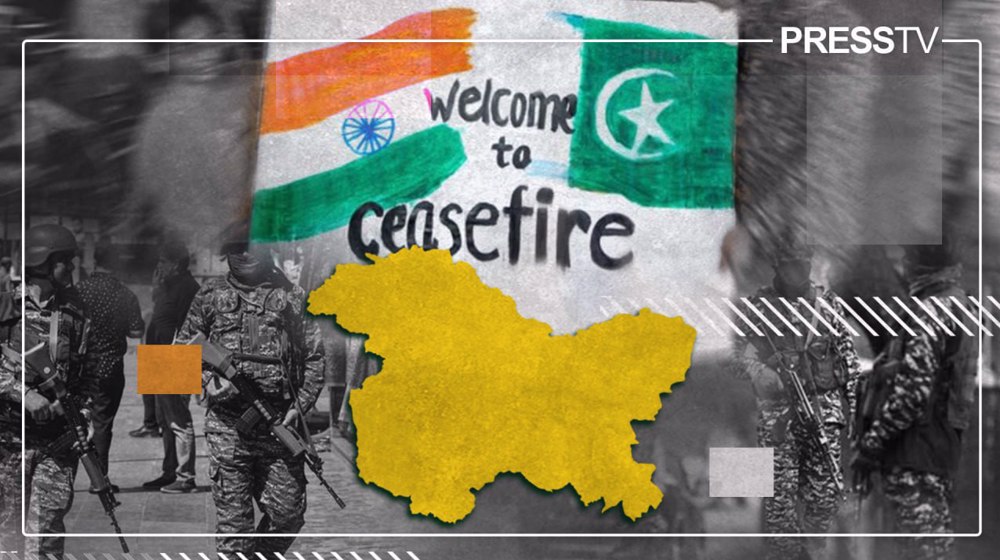
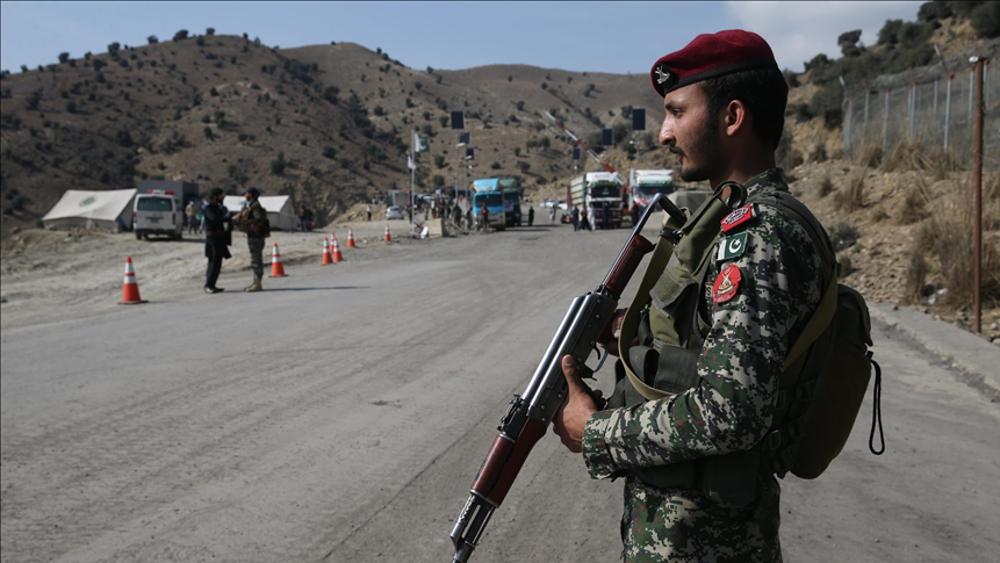
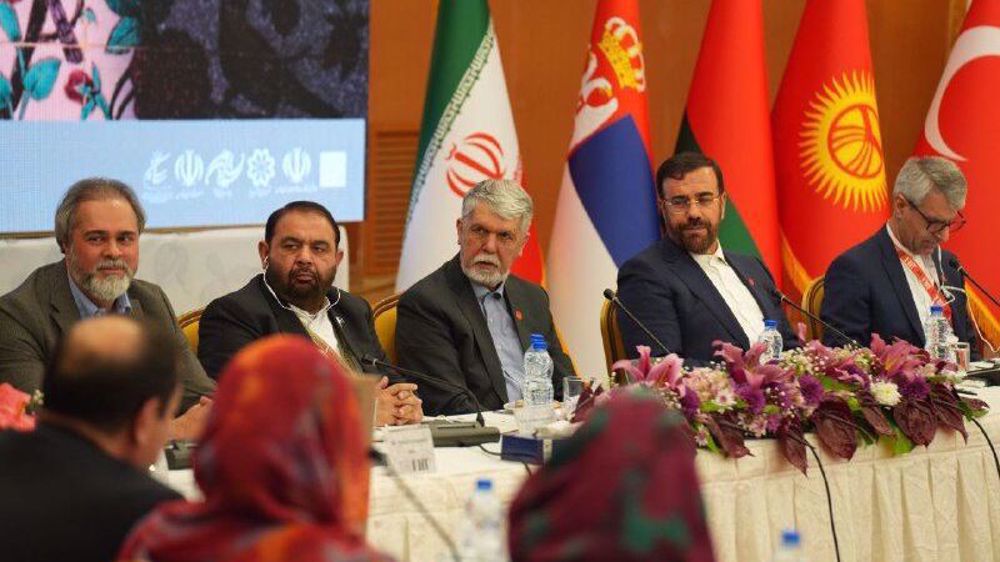




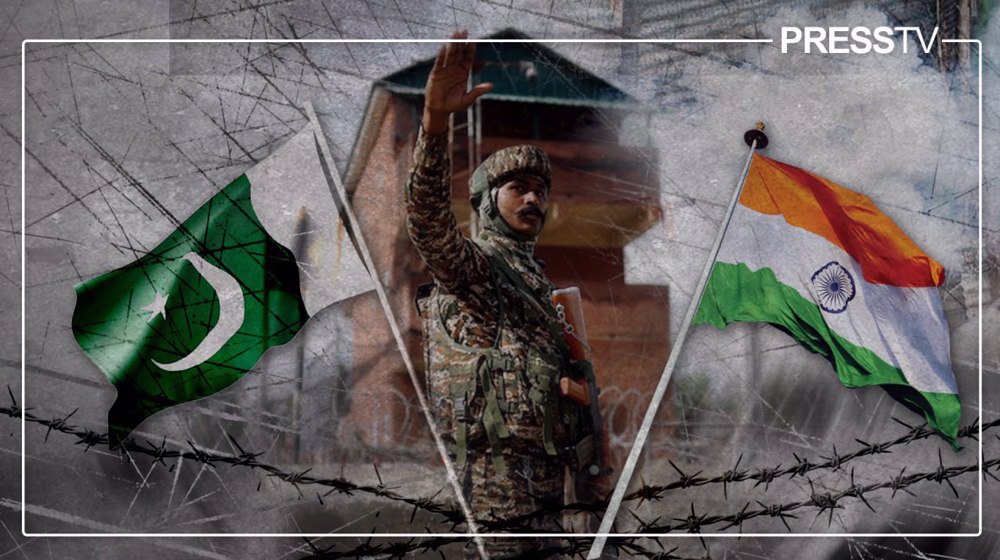
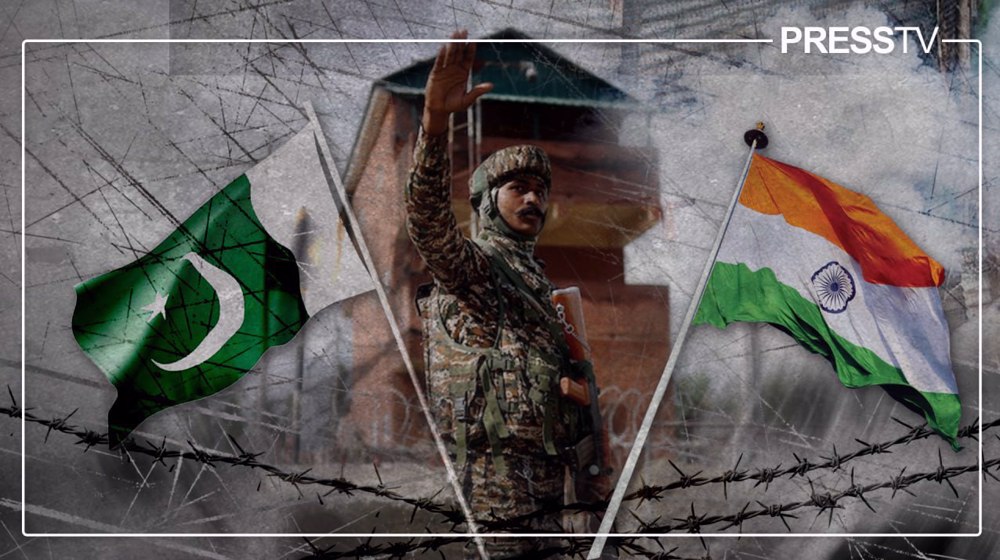
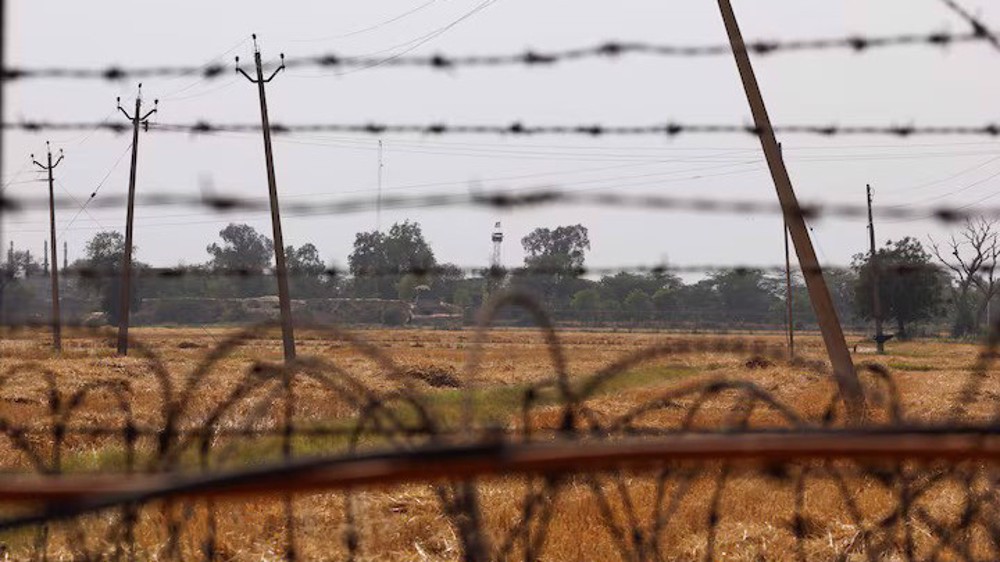
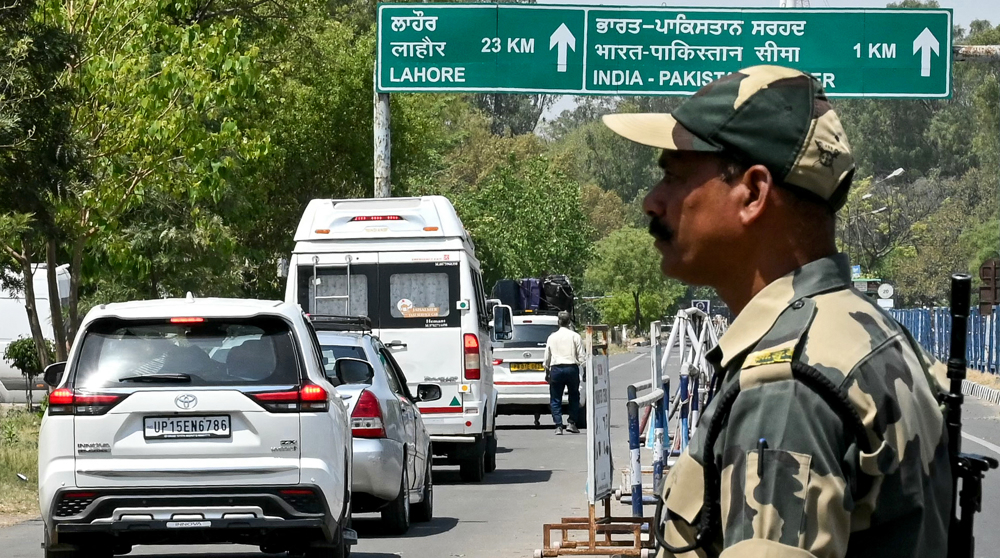
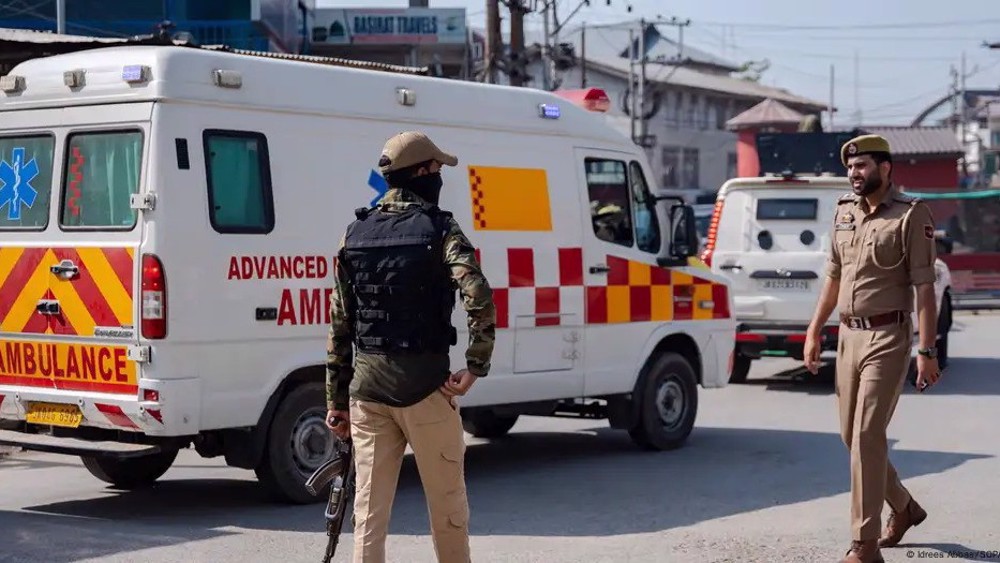

 This makes it easy to access the Press TV website
This makes it easy to access the Press TV website